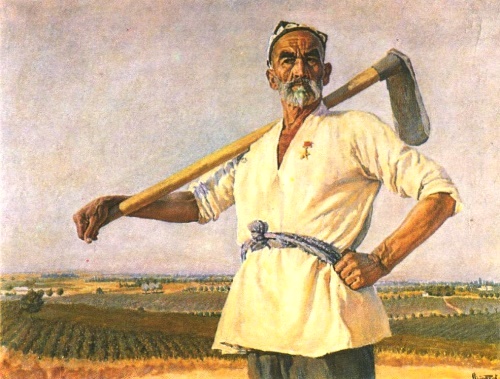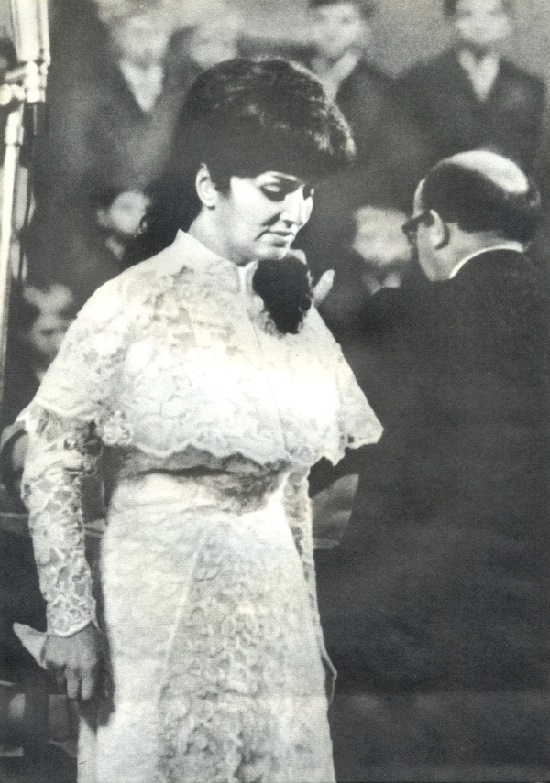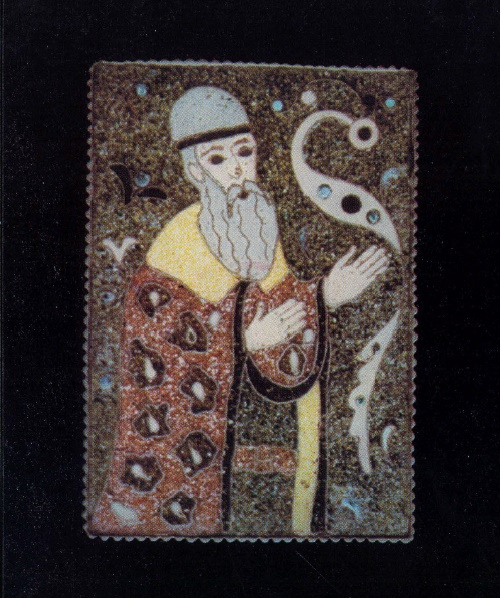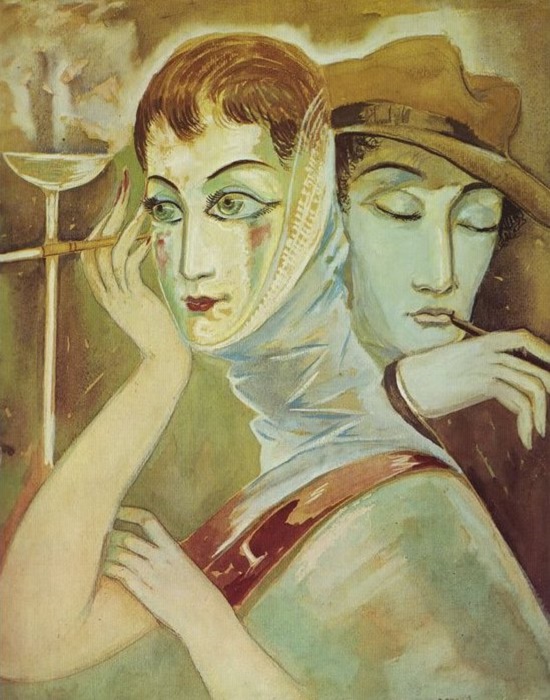Soviet Uzbek artist Abdulkhak Abdullayev 1918-2001

Portrait of Hero of Socialist Labor Nazarali Niyazov. Oil. 1949. Painting by Soviet Uzbek artist Abdulkhak Abdullayev (30 December 1918 – 29 October 2001)
Soviet Uzbek artist Abdulkhak Abdullayev
Honored Art Worker of the Uzbek SSR Abdulkhak Abdullayev was born in 1918 in the city of Turkestan. The boy showed his art abilities very early. “I was very fond of animals,” recalls the artist. He watched them with interest, recognized their habits, character, and then tried to depict them. Sometimes molded them out of ordinary clay or painted them on the wall of the house. Such were the first steps of the future artist in the art. In 1928, the boy entered the school of K. Liebknecht in the village of Lunacharsky, located near Tashkent.
Pupils of this school, along with other subjects, got acquainted with the basics of drawing. The artist recalls that these lessons were for him the most fascinating. Abdulhak spent his free time after school drawing. The successes of the young artist in this subject attracted the attention of the teachers of the school. And, first of all, AP Grintsevich, who in every possible way strove to support Abdulhak’s desire to “study as an artist”.
Read more »





